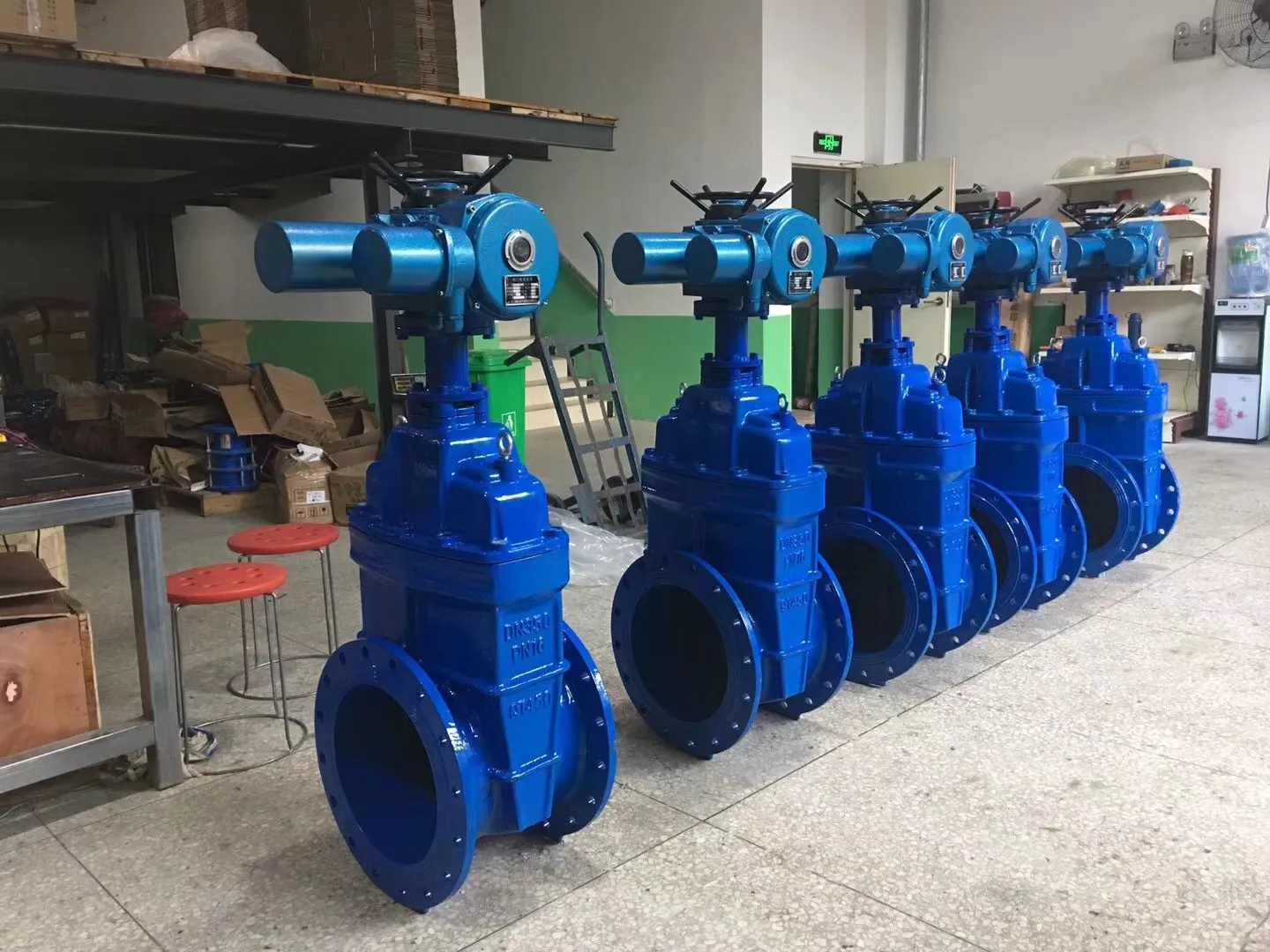нов . 08, 2024 23:10 Back to list
Durable Cast Iron Welding Tables for Precision Metalworking Applications
Welding Table Made of Cast Iron A Durable Workspace for Metal Fabrication
Welding is an intricate and specialized skill that requires not only knowledge and precision but also a reliable work environment. A welding table serves as the backbone of many fabrication shops, providing a sturdy and stable platform for various metalworking activities. Among the various materials available for welding tables, cast iron stands out due to its unparalleled strength, durability, and stability, making it an ideal choice for professionals in the welding industry.
The Benefits of Cast Iron in Welding Tables
One of the primary reasons for choosing cast iron for welding tables is its high level of durability. Unlike regular steel or aluminum, cast iron is less prone to warping due to the heat generated during welding processes. This characteristic makes it particularly advantageous for heavy-duty tasks and long-term use. A welding table constructed from cast iron can withstand significant abuse, allowing welders to work confidently without worrying about the integrity of their workspace.
In addition to its durability, cast iron also provides excellent stability. The weight of cast iron tables offers a solid base that reduces vibration, a critical factor when precision is required. A stable platform ensures that welds are accurate and reduces the likelihood of mistakes caused by movement or instability during the welding process. This stability is particularly beneficial when working with intricate components or when precise alignment is required.
Moreover, cast iron has an inherent property that facilitates excellent heat dissipation. During the welding process, heat can build up in localized areas, leading to challenges in controlling the temperature and preventing distortion. Cast iron's ability to spread heat evenly across its surface helps mitigate these issues, resulting in cleaner welds and less warping of the materials being fabricated.
Design Considerations for Cast Iron Welding Tables
When designing or selecting a cast iron welding table, several factors should be considered to ensure it meets specific needs. First and foremost is the table's size and layout. Depending on the types of projects being undertaken, welders may require a larger surface area for extensive components or a more compact design for smaller tasks. Adjustable height features are also beneficial, allowing users to customize the table to their ergonomic needs.
welding table cast iron

Another critical aspect to consider is the addition of features such as T-slots or holes for clamping and securing workpieces. Many cast iron tables are designed with these features, which enhance the usability of the workspace by allowing for easy attachment of clamps and fixtures. This versatility is especially important in a fast-paced workshop environment where efficiency is key.
Additionally, the finish of a cast iron table can greatly affect its functionality. A roughened surface can provide better grip for workpieces, while a smooth finish may make cleanup easier. While some prefer a natural cast iron finish, others opt for coatings that can protect against rust and corrosion, further extending the lifespan of the table.
Maintenance Tips for Cast Iron Welding Tables
While cast iron welding tables are incredibly durable, they are not entirely maintenance-free. Regular care is crucial to ensuring the longevity and optimal performance of the table. One essential maintenance step is to keep the surface clean from any slag, spatter, or debris that can accumulate during welding. Using a wire brush or scraper can help keep the surface clear, preventing damage and maintaining smooth operation.
Additionally, applying a protective coating can help prevent rust or corrosion, especially if the table is used in a humid or high-moisture environment. It is also advisable to periodically check for any wear and tear, such as chips or cracks, which can compromise the stability and strength of the table.
Conclusion
In conclusion, a welded table made of cast iron is an invaluable asset for any metal fabrication shop. Its durability, stability, and heat dissipating properties make it an ideal platform for various welding applications. With careful consideration of design and maintenance practices, welders can greatly benefit from the strength and reliability that cast iron offers, making their work more efficient and productive. Whether for professional settings or serious DIY enthusiasts, investing in a cast iron welding table is sure to enhance the quality of any metalworking project.
-
Right Angle Ruler Innovations in Measuring ToolsNewsJul.18,2025
-
Parallel Ruler Maintenance for Long-Term AccuracyNewsJul.18,2025
-
Magnetic V Block 4 Inch Cost Effectiveness AnalysisNewsJul.18,2025
-
Internal Thread Gauge Innovations for Faster InspectionNewsJul.18,2025
-
Ground Anchor Applications in Construction and LandscapingNewsJul.18,2025
-
Butterfly Valve Types StandardsNewsJul.18,2025
Related PRODUCTS









